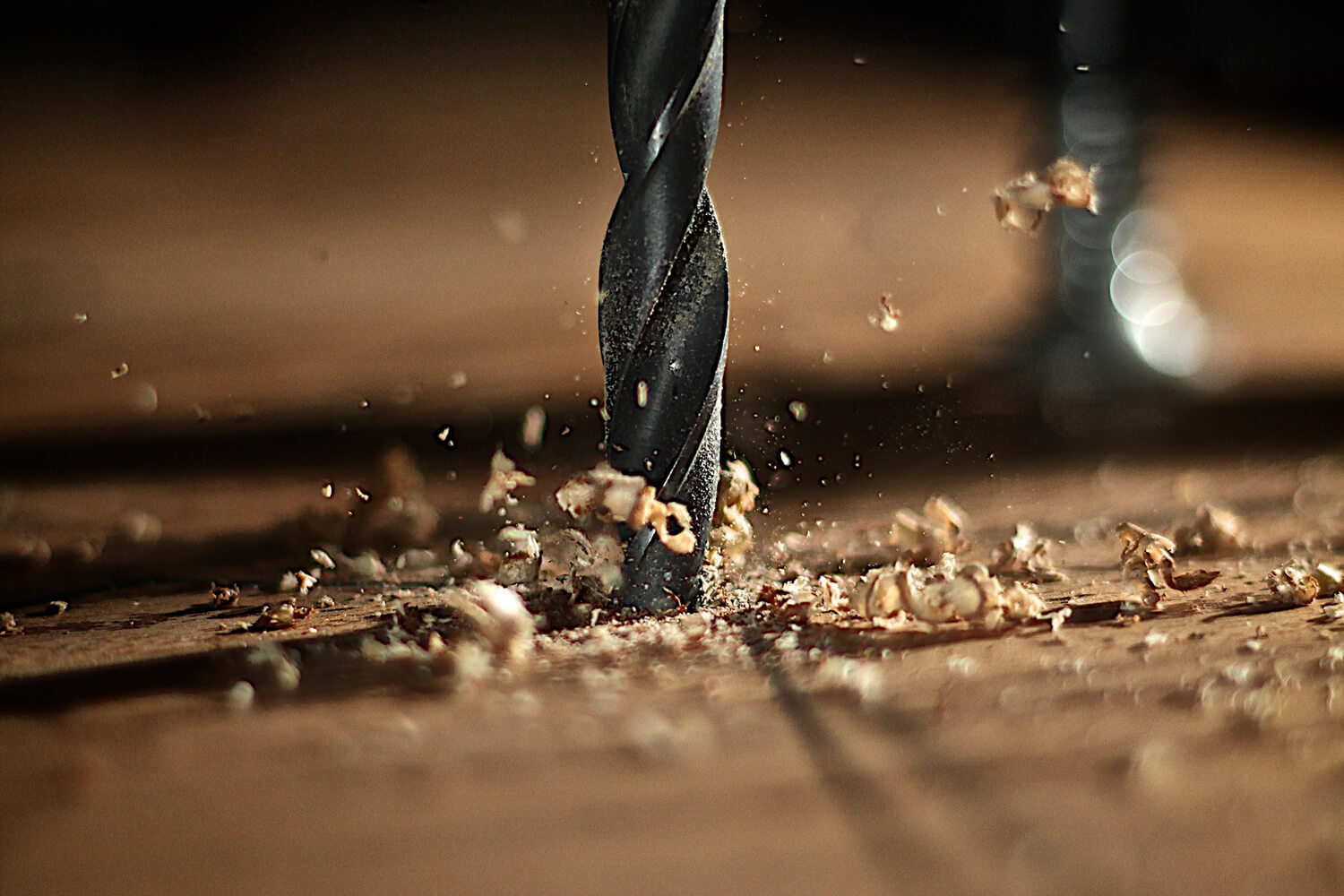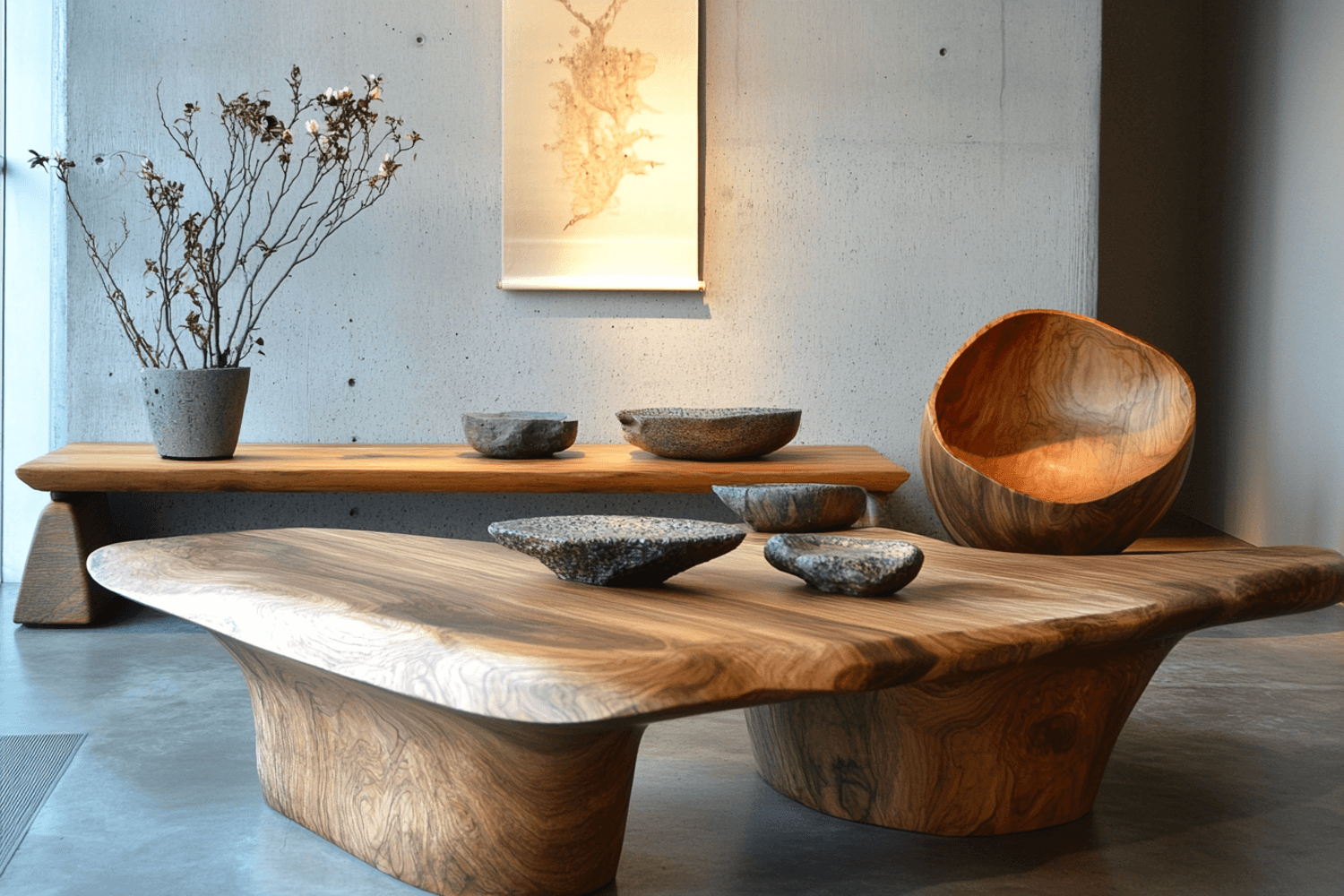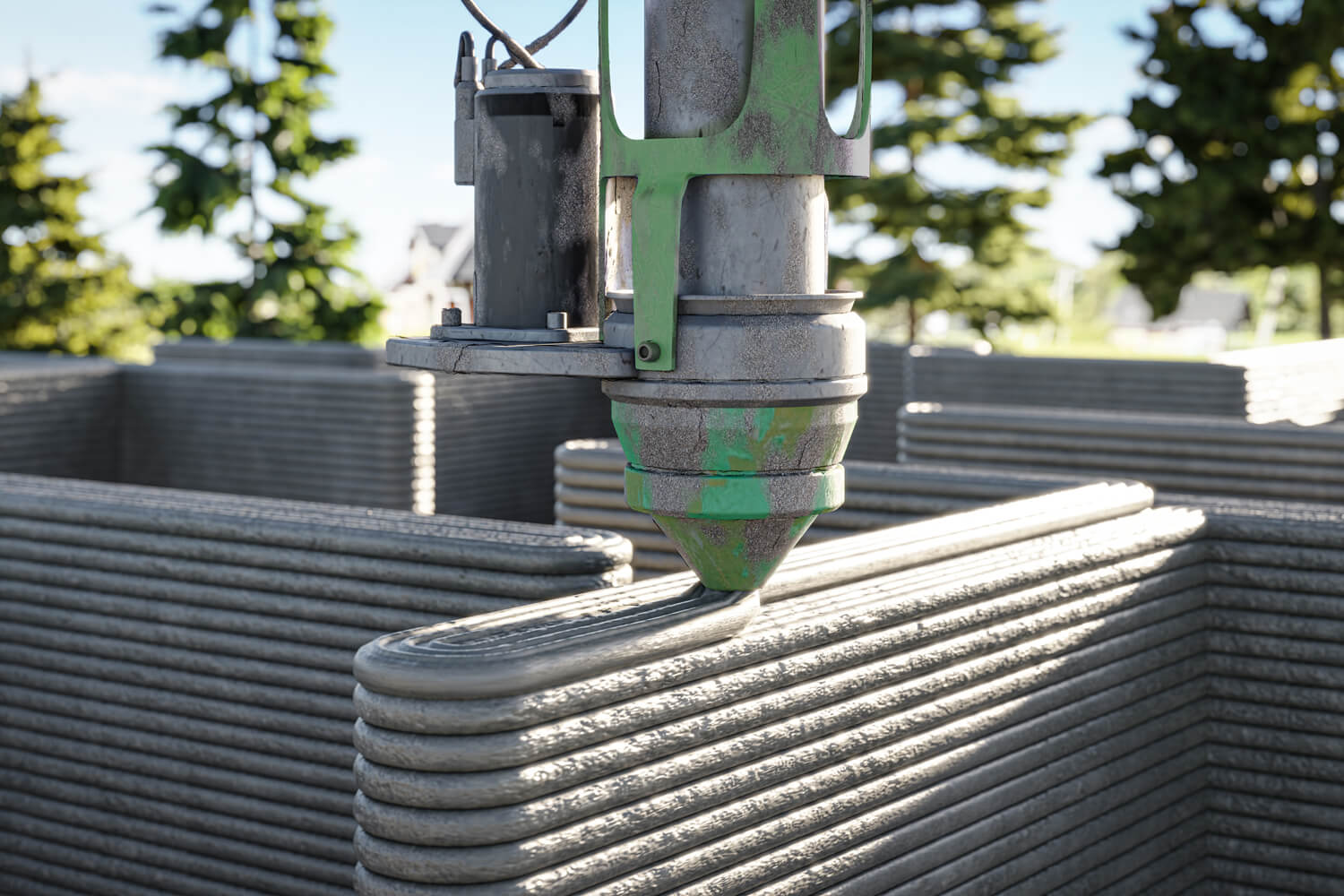The Magic of Japanese Carpentry and Why It’s Perfect for Your Home Renovation
You may think that there is nothing special about wood and there’s not much to it but ask a Japanese master carpenter about wood and they’ll inform you about all its mechanics and types.
The way wood will be used in construction or renovation isn’t simply determined by the smell, the colour and the hardness, but by its keshōmen, which is the ‘decorative face’ from where results form and that affects how the wood will be cut from the log.
©ANA Global Channel: Traditional Japanese carpenter/Interview – IS JAPAN COOL? CRAFTSMANSHIP
The Genius of Japanese Carpentry – Art in Its Purest Form
Japanese carpentry is an art form and if you get the chance to sit down with a Japanese carpenter, they will tell you all about a piece of lumber by only looking at it. That’s a skill that can’t be taught and has been passed down for generations from master to apprentice.
They can see which the branch end is, and which is the root end, and if a log may start twisting as it ages, and where it may split from. That’s not all because they can also tell what type of wood it is by the smell, feel, look, and how the wood has been dried, along with what joinery methods are going to be the most beautiful and strongest in any situation.
Most people simply don’t have an idea about this level of expertise from a carpenter, but you can instantly see how Japanese carpenters display their skill on a piece of wood. They create a distinctive arch pattern that is commonly seen on the face of a board and is done by ‘plain sawing’, which is the most efficient way to cut a log, as it leaves the center cores for use in columns. However, most carpenters consider this to be the least elegant way to present the wood.
The pattern is exquisite and plain-sawn lumber ensures that very little wood is wasted, but the ‘arches’ that are visible on the face of the lumber mean that it may be weaker. The arches will sometimes separate from the cut plane and start to curl up in splintery, thin wafers.
That’s the reason why Japanese carpenters are very specific about the side and piece of lumber that is going to be the face, where the keshōmen is going to be displayed in the finished work.

Tatsuya Anazawa – The Master Carpenter You Want in Vancouver
Tatsuya Anazawa is the founder of Tiger Ring Construction and was born in Fukushima, Japan in 1984 where he studied carpentry for more than 7 years to become a master carpenter. He relocated to Vancouver in 2010 and has spread the traditions of Japanese quality and skill through commercial and home renovation and remodelling projects. Tatsuya is a traditionally trained carpenter and his understanding of wood comes from decades of experience and his early masters.
Traditional carpentry in Japan is high art and requires long and rigorous training to perfect. Fortunately, Tatsuya had taken a keen interest in carpentry and from a very young age, Tatsuya began an apprenticeship in the complex and ancient art of Japanese joinery, which is a carpentry system that connects wood through intricate joints instead of using nails or screws.
In Japan, carpenters traditionally were both the building and architect and must master traditional carpentry designs and techniques that have been passed down through centuries.You also need exceptional carpentry and woodworking skills, but that didn’t prove to be a problem for Tatsuya.
He acquired extensive knowledge of Japanese architectural design and experience in the construction of tea houses and traditional houses in Japan. Now, Tatsuya-san has brought his skills and expertise to Japan and established a home remodelling and renovation business in Canada, which is known as Tiger Ring Construction.
There’s no shortage of fine craftsmen, woodworkers and artisans in Canada, but few can match the skill and expertise possessed by Tatsuya. He has not only diversified his skills but also uses joinery techniques for building custom-style Japanese architecture.
Get Your Japanese Style Inspired Home Renovation
Take a drive around the streets of Vancouver and you will come across numerous styles of homes with none of them making you sit back and look again. That’s because none of them possess the magic that comes with Japanese style architectural carpentry. Tatsuya Anazawa is one of the most gifted Japanese master carpenters and you’ll know so much more about wood and carpentry with only a 5-minute chat with him.
His venture, Tiger Ring Construction was only founded in 2015, so it’s relatively new still but it has already taken off and been quite successful in Vancouver. That all comes down to the magic and exquisiteness of Japanese carpentry, and because Tatsuya has stayed true to his Japanese origins it presents you the perfect opportunity to have a Japanese style home renovation.
A lot of people these days are taking inspiration from Japanese style architecture as it presents the chance to add a unique charm and look to their home. Tatsuya Anazawa has been building and designing custom furniture and architectural elements for homes and buildings for several decades and his work is mostly done using Japanese hand tools. With Tiger Ring Construction, Tatsuya has created interior spaces and furnishings that have been installed in homes throughout Vancouver.
Most of the projects have included making furniture, wooden soaking tubs, wood-panelled ceilings, grill-work, tokonoma alcoves, fusuma and wood doors, and shoji screens. Every element of Tatsuya’s work features precise joinery, hand-planed surfaces, and carefully selected woods that provide a sophisticated and clean look. Anyone interested in getting their home renovated, refurbished or remodelling with pristine Japanese architecture should contact Tiger Ring Construction and speak with Tatsuya Anazawa about their home project.





